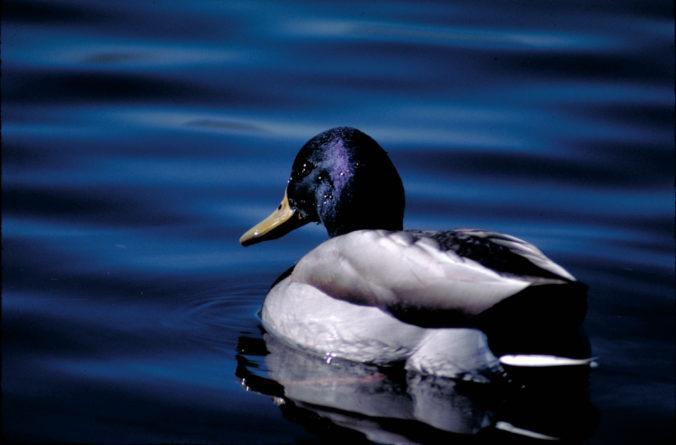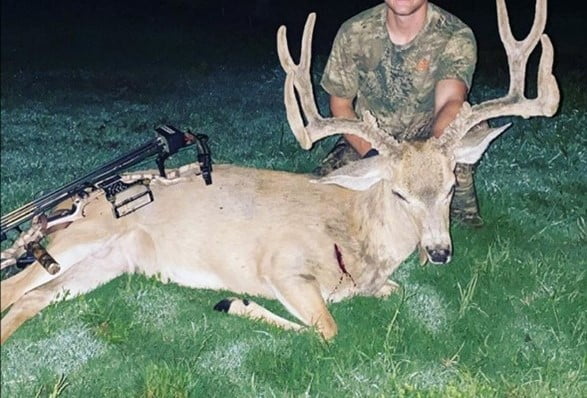
LINCOLN, Neb. – The Nebraska Game and Parks Commission approved 2019 Nebraska waterfowl seasons recommendation at its March 15 meeting in Nebraska City.
The approved recommendations moved the early teal season approximately one week later than in 2018 to accommodate weekend days. All other waterfowl season recommendations included only calendar date adjustments.
The 2019 waterfowl seasons are:
Early Teal – Low Plains: Sept. 7-22; High Plains: Sept. 7-15; Daily bag limit: six; Possession limit: Three times the daily bag limit
Youth Waterfowl – Zone 1: Oct. 5-6; Zone 2: Sept. 28-29; Zone 3: Oct. 19-20; Zone 4: Sept. 28-29; Daily bag and possession limits same as regular duck season
Duck and Coot – Zone 1: Oct. 12-Dec. 24; Zone 2: Oct. 5-Dec. 17 and Jan. 6-27; Zone 3: Oct. 24-Jan. 5 and Jan. 6-27; Zone 4: Oct. 5-Dec. 17; Daily bag limit: six (with restrictions); Possession limit: Three times the daily bag limit
Dark Goose – East Unit: Oct. 28-Feb. 9; Niobrara Unit: Oct. 28-Feb. 9; North Central Unit: Oct. 5-Jan. 17; Panhandle Unit: Oct. 28-Feb. 9; Platte River Unit: Oct. 28-Feb. 9; Daily bag limit: five; Possession limit: Three times the daily bag limit
White-fronted Goose – Statewide: Oct. 5-Dec. 8 and Jan. 18-Feb. 9; Daily bag limit: two; Possession limit: Three times the daily bag limit
Light Goose Regular Season – Statewide: Oct. 5-Dec. 25 and Jan. 18-Feb. 9; Daily bag limit: 50; Possession limit: none
Light Goose Conservation Order – East Zone: Feb. 10-April 15; West Zone: Feb. 10-April 5; Rainwater Basin Zone: Feb. 10-April 5; Daily bag and possession limits: none
Crow – Statewide: Oct. 15-Dec. 15 and Jan. 13-March 14
Falconry – Concurrent with teal, youth and regular duck season dates, plus, Zone 1: Feb. 25-March 10; Zone 2: Low Plains: Feb. 25-March 10; High Plains: Concurrent with all duck season dates in High Plains Zone; Zone 3: Low Plains: Feb. 25-March 10; High Plains: Concurrent with all duck season dates in High Plains Zone; Zone 4: Feb. 25-March 10
A public hearing was held for input regarding the listing and delisting of state threatened and endangered species in the Commission’s District 1, which is southeast Nebraska. Staff made a presentation on the North American river otter, which is proposed to be removed from threatened status in the state, and the timber rattlesnake, which is proposed to gain threatened status. Also highlighted were the flathead chub and the plains minnow, which are proposed for threatened status, and the sicklefin chub and Western silvery minnow, which are proposed for endangered status.
The commissioners also approved recommendations to:
— increase the Cash Change Fund at Victoria Springs State Recreation Area (SRA) and Schramm Park SRA, and to eliminate the Cash Change Fund at Lake Wanahoo
— remove wildlife management area designations at Upper Brownville Bend, Hamburg Bend, Kansas Bend, William Gilmour, and Langdon Bend effective Oct. 1, 2019
— clarify wildlife regulations to allow late-season doe/fawn antelope hunters the ability to legally carry a centerfire rifle or handgun while hunting, and to clarify the process for landowners to obtain a damage control permit for deer, antelope, elk or game birds
— amend orders to change to the woodcock hunting season to the Saturday closest to Oct. 5 through the Monday closest to Nov. 18 to better align the season with the species’ peak migration
— move mountain (bighorn) sheep open seasons, permits authorized, bag limit, shooting hours and areas open from wildlife regulations to orders
The commissioners heard several staff reports, including a big game review of 2018 and preview of 2019. Another presentation included update on the state’s Berggren Plan for Pheasants and a review of the first season of the Nebraska Upland Slam. Another report presented the various wildlife, fisheries and state park area opportunities in District 1.
Staff from Nebraska Wildlife Rehab, Inc., of Louisville, Nebraska, displayed a woodchuck as an example of wildlife the organization rescues.
